Market Analysis
In-depth Analysis of US SATCOM Market Industry Landscape
The US SATCOM (Satellite Communication) Market is characterized by dynamic factors that shape its growth and evolution. SATCOM services play a crucial role in providing reliable and resilient communication solutions for various sectors, including military, government, commercial aviation, maritime, and remote sensing. Understanding the market dynamics is essential for stakeholders to navigate the competitive landscape and capitalize on emerging opportunities.
One of the primary drivers of the US SATCOM Market is the increasing demand for high-speed, secure, and ubiquitous connectivity across industries. With the proliferation of connected devices, IoT (Internet of Things) applications, and bandwidth-intensive services, there is a growing need for satellite-based communication solutions that can deliver seamless connectivity in remote or underserved areas where terrestrial infrastructure is limited or unavailable. SATCOM services bridge the connectivity gap, enabling businesses and organizations to access critical data, communicate in real-time, and support mission-critical operations.
Additionally, technological advancements and innovations in satellite technology drive the growth of the US SATCOM Market. The development of high-throughput satellites (HTS), small satellites, and next-generation satellite constellations has expanded the capabilities and capacity of SATCOM networks, enabling faster data transmission rates, improved coverage, and lower latency. These technological advancements enhance the reliability and performance of SATCOM services, making them more attractive for a wide range of applications, including broadband internet access, video streaming, remote sensing, and disaster recovery.
Moreover, the US SATCOM Market is influenced by regulatory initiatives and government policies that shape the regulatory framework for satellite communications. Regulatory bodies such as the Federal Communications Commission (FCC) play a key role in licensing satellite operators, allocating spectrum, and ensuring compliance with international standards and guidelines. Changes in regulations, spectrum policies, and licensing requirements can have a significant impact on market dynamics, influencing market entry barriers, competition, and investment decisions in the SATCOM industry.
Furthermore, the US SATCOM Market is driven by increasing demand from government and military customers for secure and resilient communication solutions. SATCOM plays a critical role in supporting military operations, intelligence gathering, and homeland security initiatives by providing secure, jam-resistant, and anti-spoofing communication links. As geopolitical tensions rise and threats to national security evolve, governments invest in SATCOM infrastructure, satellite constellations, and encryption technologies to enhance their communication capabilities and ensure mission success in complex and contested environments.
Additionally, the commercial aviation sector is a significant driver of the US SATCOM Market, with airlines increasingly adopting satellite-based connectivity solutions to enhance passenger experience and operational efficiency. In-flight Wi-Fi, live television streaming, and real-time data connectivity have become essential amenities for airlines seeking to attract passengers and differentiate their services. SATCOM providers offer a range of connectivity solutions tailored to the needs of commercial airlines, enabling seamless communication and entertainment services throughout the entire flight journey.
Moreover, the COVID-19 pandemic has accelerated the adoption of SATCOM solutions as businesses and organizations embrace remote work, telemedicine, and virtual collaboration platforms. With the shift towards remote and distributed operations, there is a greater reliance on satellite communication to support remote connectivity, data transmission, and telecommunication services in areas with limited terrestrial infrastructure. SATCOM providers play a critical role in enabling remote work and digital transformation initiatives, helping businesses and organizations stay connected and productive in a post-pandemic world.
Looking ahead, the US SATCOM Market is poised for continued growth and innovation as technological advancements, regulatory changes, and evolving customer needs drive demand for satellite-based communication solutions. SATCOM providers that can offer scalable, secure, and cost-effective connectivity solutions tailored to the diverse requirements of different industries will be well-positioned to capitalize on the opportunities presented by this dynamic market. Ultimately, SATCOM services will continue to play a vital role in connecting people, businesses, and communities across the globe, enabling communication, collaboration, and innovation in an increasingly interconnected world.

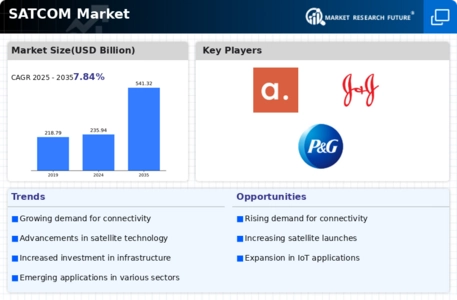
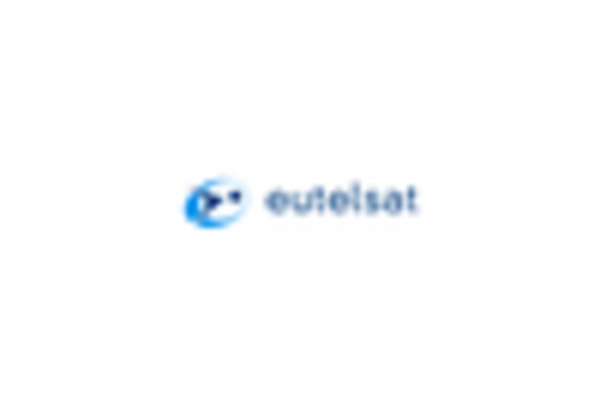
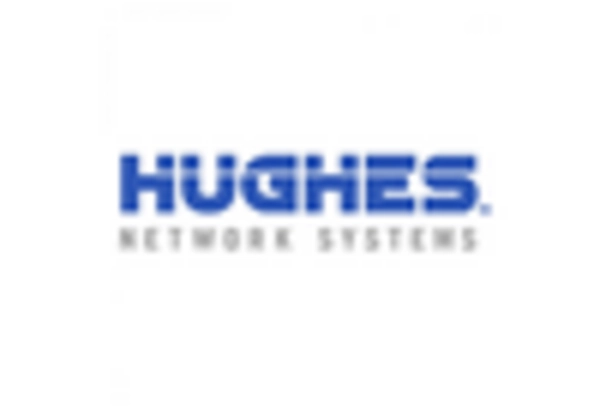
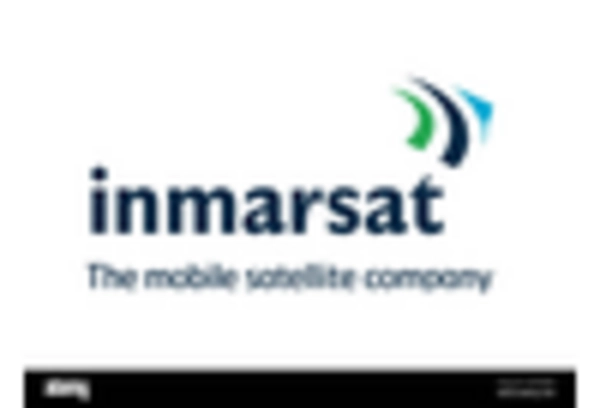
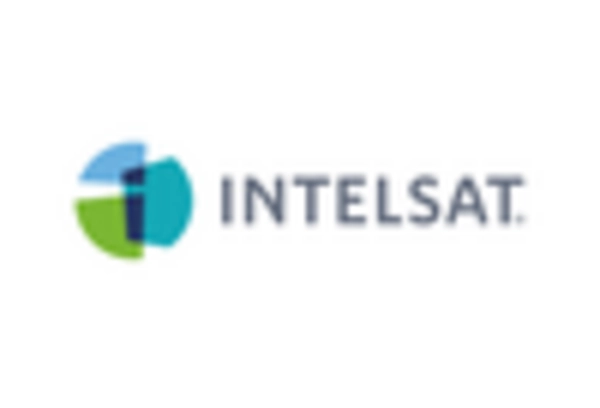
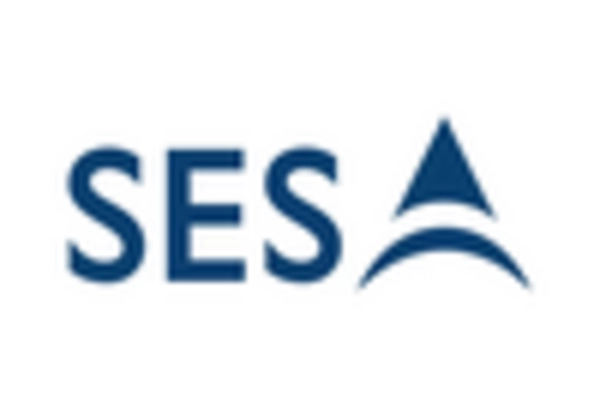
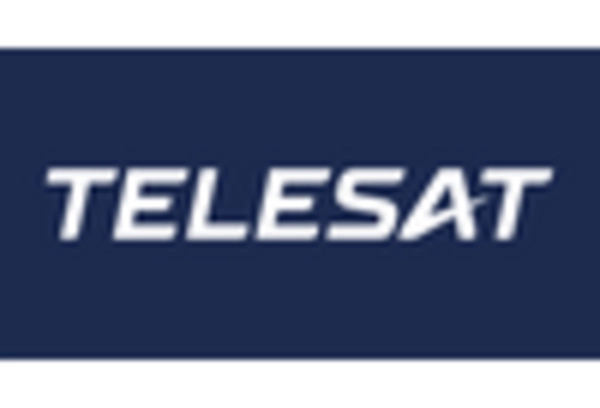









Leave a Comment